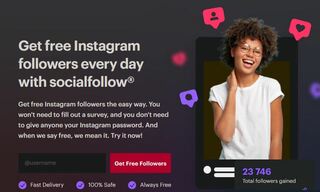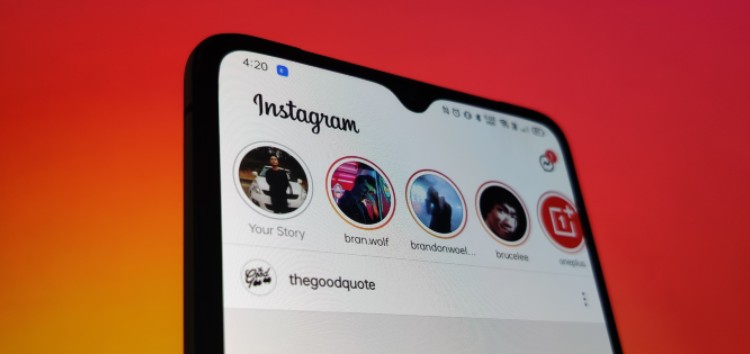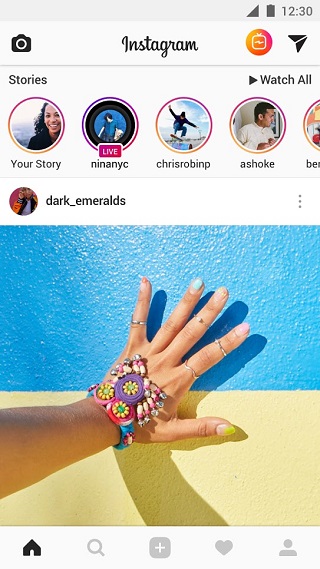Owned by Meta, the same company that operates Facebook and WhatsApp, Instagram is one of the largest social media platforms on the planet.
With somewhere around 2 billion users, it is the fifth most visited website on the internet. Unsurprisingly, it also happens to be the go-to platform for the majority of influencer marketers.
That said, Instagram users actively look for ways to increase their followers and likes. But some want to become popular overnight and choose to opt for services that help them increase the aforementioned stats.
So, you might be wondering how safe these businesses claiming to provide free and paid likes and followers are and what Instagram has to say about this.
Talking about free likes and followers, yes there might be some legit services that might help you increase the number of likes on your post, but most of them are straight-up scams that may ask for your login credentials and gain access to confidential information.

Just head over to Google and search for free Instagram likes and followers and you will come across several websites who claim they will magically increase your followers.
Then there are paid services that offer users to buy followers and likes on their posts. For example, Famoid is a website offering 100 Instagram followers starting from $3.95. They also claim all their users are real and active users.
But most of the accounts are either bots often hit by Instagram’s regular ban hammer or are managed by click-farms using underpaid labor.
So even if you have increased likes for some days, once Instagram removes these bot accounts, the number of likes on your post might return back to normal.
And while your follower count might increase substantially, unfortunately, the user engagement won’t.
What is Instagram’s take on the matter?
If we take a look at Instagram’s Community Guidelines, the company actively discourages users from indulging and using such services.
While it is not illegal as per the the law, the social media giant might deactivate your account if they notice an unnatural increase in the number of likes or followers.
All in all, it is really not worth investing time and money in such services. Many websites that claim to offer free likes and followers often ask for user credentials and emails, which you should avoid sharing at all costs.
Even paid websites that offer such services are not worth it in the long run since you run the risk of your account getting banned.
Alternatives to buying likes and followers
Advertising on Instagram is a legitimate (and effective) way to do so. Paid advertising on Instagram reaches up to 1.48 billion people, which means you’ll definitely pick up some new followers.
So, if you’re willing to shell out money to boost followers and likes, you’ll be better off purchasing ads or promoting your content officially through Instagram.
We hope this article helped you understand everything about free and paid likes and followers on Instagram. If you have some suggestions or something you think we missed out on, do share your thoughts in the comments section below.
Note: We have more such stories in our dedicated Instagram Section so be sure to follow them as well.
PiunikaWeb started as purely an investigative tech journalism website with main focus on ‘breaking’ or ‘exclusive’ news. In no time, our stories got picked up by the likes of Forbes, Foxnews, Gizmodo, TechCrunch, Engadget, The Verge, Macrumors, and many others. Want to know more about us? Head here.




